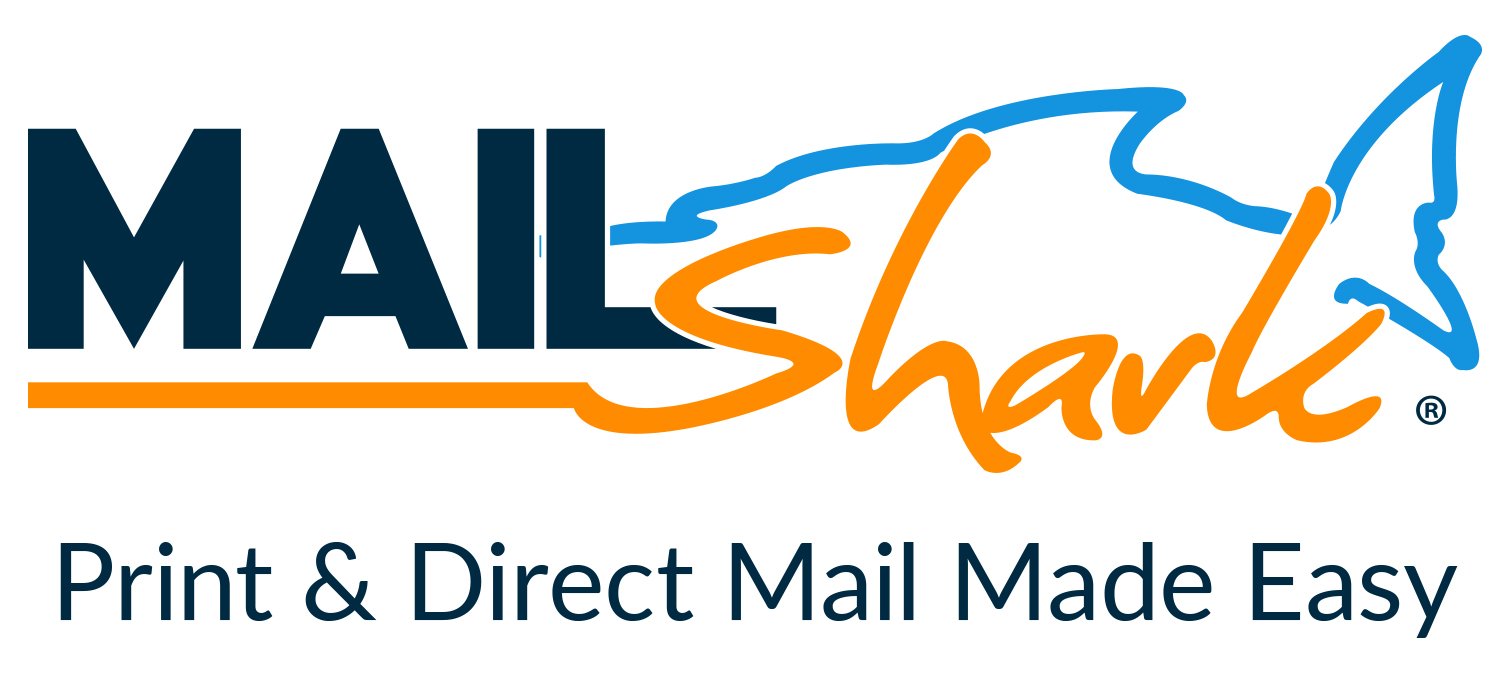The other day, a customer brought his car in for a routine oil change service and the technician noticed a light stain from the water pump. The technician brought this to the attention of the service advisor who informed the customer. This is a long-time customer who never questions us on any recommendations or work. Because this customer lives 30 minutes away, we always make arrangements to accommodate him while he waits for the vehicle.
We were booked for that day, so we scheduled an appointment for the following day. The customer reminded the advisor that he must wait while the work is being done and asked how long will the job take? The advisor responded by saying, “Let me create an estimate and I will be happy to discuss how much time we will need and the cost for the job”.
Looking at the labor time on his screen the advisor turned to the customer and said, “The book time is nearly 5 hours, so you will be here for a while”. The customer replied, “Not a problem, I’ll take a walk, go to the mall, no problem”.
The customer arrived at 8am the next day and we got started on the job right away. The car was dispatched to our top technician, who also has the highest productivity rate in our shop. We had the parts all accounted for and asked the foreman to help when needed; to insure it gets done on time. Our goal: to have the job done by noon.
The job was done by noon, returned to the customer and all was well. Right? Wrong!
The next day the customer called and asked to speak to me. It’s never a good sign when I hear over the page, “Joe, Line 3, customer requests to speak to you”. It was the water pump customer. He started by saying, “You know Joe, I’m not one to complain, but the guy at the counter told me it was about a 5 hour job and you did the job in 4 hours, why did I get charged for the nearly 5 hours, and not just the 4 hours”.
I paused for a moment to collect myself. Inside I was upset. I don’t know who I was more upset with, the service advisor who told him the book time, or the customer. I began to explain the details of the job to the customer.
Now, I need to clarify something. Once you start explaining yourself after the fact, you have lost the battle. The customer has his perspective, and his perspective is reality, which is the only reality we need to consider. But I proceeded anyway. I told the customer that we use a labor guide as just a guide and by telling you the labor guide time of nearly 5 hours can mislead you into thinking that this will be the exact time for the job. I continued to tell him that we had all the tools and parts laid out and that the foreman also helped to get the job done quicker. I knew by his response, “But your guy said it’s about a 5 hour job”, that I was going nowhere with this. We had made a crucial mistake and now we have a disgruntle customer.
I apologized and agreed with him that from his perspective it looks like we overcharged him. But I also reminded him about the discount we gave him, and that the price also included a cooling system service, using BG products, that comes with a lifetime protection policy and that the price he paid was a fair and honest price backed by a great protection warranty.
I am not sure if this made him happy. He said that he will be back in the future. I hope so.
The lesson here is simple. We need to move away from stating parts and labor. At my shop we know better than that. This was a slip of the tongue. The advisor was merely trying to convey to the customer that this particular job will take a while. He was just trying to prepare the customer. We need to do better next time. Telling customers a particular job is 2 hours, 4 hours or 10 hours is misleading and hurts both parties; the shop and the customer. A job is worth what a job is worth.
This is not to suggest that we don’t need to have some standard, guideline or benchmark. I am saying that you should not tell a customer, “The Labor is 4 hours and the parts are $100, so your total will be $580.00 with tax”. This is not an effective way to sell work. I am also not a fan of posting labor rates. Our labor rate is $105 per hour. Luckily in New York you do not have to post the actual rate, just how you arrive at the rate. (Yes, this is correct, check with the New York Department of Motor Vehicles if you don’t believe me). I am not sure about other state laws, but you should check.
We all know the issue with hourly labor rate. Let’s say your labor rate is $100 per hour and your give your tech a work order for an oil change and front brakes with rotors on a Honda Civic. The labor for the oil change is $15.00 and the labor for the brake job is $100. The oil change takes your tech 30 minutes, which means the effective rate for this operation is $30.00 per hour. Now, your tech also takes 30 minutes to replace the pads and rotors, making the effective labor rate on this job, $200.00 per hour! So I ask you, do we really need to post a rate that has no justification? Plus, when a consumer looks at the rate, he or she looks at what they make per hour. They won’t tell you, but they are thinking, “Boy, nice to make 100 bucks for an hour’s work”. Most consumers don’t understand GP percentage on labor and the net after payroll and expenses on that $100.
We have many meetings at my shop with the service advisors on this subject. One of things I preach is to consider the complexity of a job, not just the published book time. I make this argument; it takes 4 hours to cut someone’s lawn, and it also takes 4 hours to remove a brain tumor. Are both jobs worth the same? We all know the answer to that question. The point being, an entry level tech performing oil changes and tire rotation is different from an A tech performing complicated diagnostic work on a Mercedes. They both may take one hour to complete, but the A tech’s work must be billed out at a higher rate. That’s basic economics.
I had an issue with my well pump a few weeks back and I called my plumber to check it out. He called me on my cell phone and informed me that lighting must have hit the well and I would need a new well pump. He gave me the total price, the warranty, the benefits of the pump he was installing and all the little extras he would do while he was there. He never mentioned time or a breakdown on the pump or additional parts. I had no idea how long he took to install the new pump, nor did it matter. A job is worth what a job is worth.
We all need to adopt a policy which moves away from selling parts and labor time and price a job for what a job is worth. Breaking down the labor time and parts brings up questions and issues that complicate the selling process. The time to review parts and labor is at car delivery, not during the selling process. Notice, I said parts and labor at car delivery, not parts and labor TIME. We get caught up with this labor time issue and it hurts us. We need to track technician labor productivity and efficiency, but we need to sell a complete job, giving the customer a total price with taxes and all the benefits that come along with doing business with you.











Recommended Comments
Create an account or sign in to comment
You need to be a member in order to leave a comment
Create an account
Sign up for a new account in our community. It's easy!
Register a new accountSign in
Already have an account? Sign in here.
Sign In Now